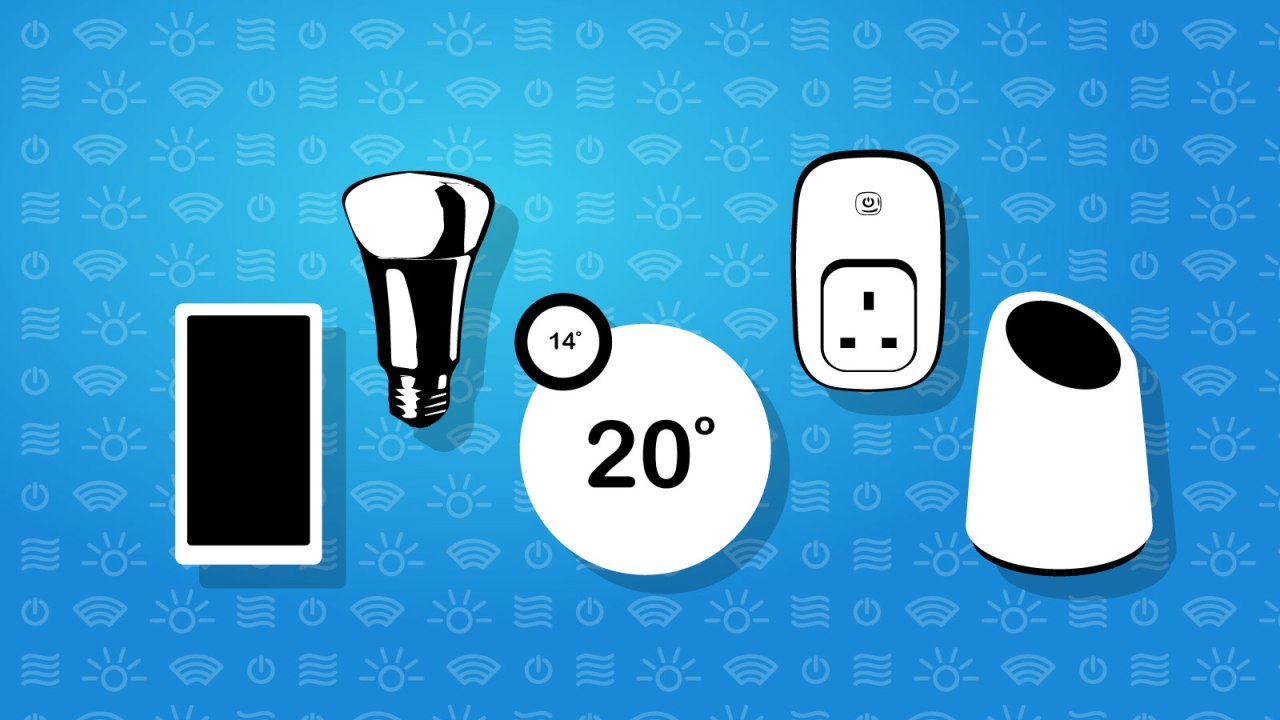In the landscape of technological innovation, few concepts have captured the imagination like the idea of the smart home. Long before smart speakers became a household staple, pop culture hinted at what the future could hold for our living spaces. Movies in the late 1980s showcased a world where automation and convenience were central to everyday life. Fast forward to the present day, and that dream of a connected home is closer than ever before, creating a blend of convenience and challenges, especially in terms of accessibility for individuals with disabilities.
The Evolution of the Smart Home
Today, smart home technology enables users to control a myriad of devices—from lighting and security systems to climate controls and appliances—all through simple voice commands or mobile applications. Tech giants like Apple and Amazon have pioneered platforms, like Siri and Alexa, that make automation seamless. Yet, while these advancements bring ease of use to the countless homeowners, one area where they shine in particular is accessibility.
Accessibility: A New Standard for Smart Living
The potential for smart home technology to empower individuals with physical impairments is immense. Traditional adaptations like ramps and handrails have historically facilitated navigation and autonomy. However, integrating smart technology into the home is akin to evolving these low-tech adaptations into high-tech solutions, enhancing the quality of life for those who need them most.
- Advanced Technology Meets Basic Needs: Just as handrails assist with stability, smart home devices like automated light switches or voice-activated door locks offer novel alternatives for those facing physical challenges.
- Real-Life Impact: Case studies of individuals such as Todd Stabelfeldt illustrate the profound difference these technologies can make. By leveraging Apple’s Home app, Todd has transformed his home into a space that fosters independence.
The Emotional Weight of Empowerment
Beyond the mere convenience that these devices offer lies the emotional benefit that comes with autonomy. For people with disabilities, feeling empowered through the use of smart technology can lead to a greater sense of self-worth. A small victory like being able to adjust the temperature in their home or control lighting independently can dramatically shift one’s perspective on daily tasks and self-esteem.
Challenges Ahead: The Voice Recognition Dilemma
Despite the remarkable promise of smart home innovations, several challenges remain for creating truly accessible environments. A major hurdle lies within the limitations of voice recognition technology. Voice control remains the primary method for interacting with smart devices. However, this reliance poses significant issues for individuals who have speech impediments or delays, as many AI-driven solutions struggle to decipher diverse speech patterns.
As noted by industry commentators, “an AI can only recognize what it’s been trained to hear.” Users with speech variations, who are already at a disadvantage using traditional technologies, find themselves engrossed in a frustrating cycle, where automation, intended to simplify life, becomes another barrier.
Toward a More Inclusive Future
The rapid evolution of home automation is a thrilling journey, and with it comes the critical responsibility of making these systems accessible for all. Companies must take into consideration the diverse user base they hope to serve. For everyone to enjoy the benefits of smart technology, accessibility should not be an afterthought but rather a design philosophy from the very start.
As home automation continues to develop, it will be exciting to see how advancements solve these pressing challenges and enhance the experience for users with disabilities. The promise of a fully connected home should ideally extend beyond luxury attributes and delve into genuinely enriching the lives of everyone, regardless of their abilities.
Conclusion: Embracing the Promise of Tomorrow
The future of the smart home is rife with opportunity and responsibility. As we embrace these technologies, it’s important to remember that they exist not just to innovate but to empower. By fostering a dialogue about accessibility within the tech community, we can ensure that innovations will serve everyone, especially those with the greatest need.
At **[fxis.ai](https://fxis.ai)**, we believe that such advancements are crucial for the future of AI, as they enable more comprehensive and effective solutions. Our team is continually exploring new methodologies to push the envelope in artificial intelligence, ensuring that our clients benefit from the latest technological innovations. For more insights, updates, or to collaborate on AI development projects, stay connected with **[fxis.ai](https://fxis.ai)**.

